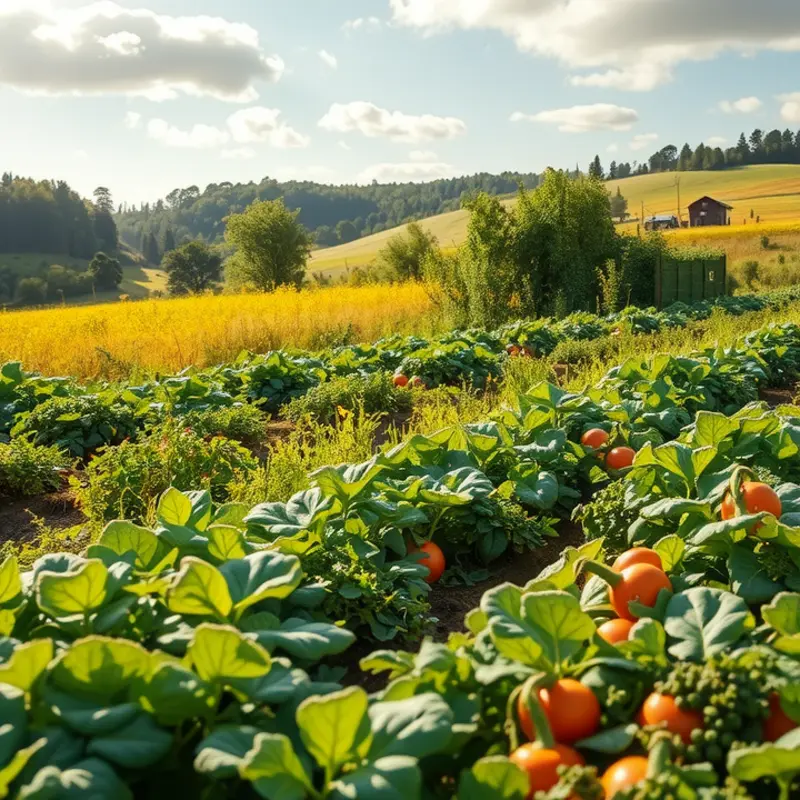Achieving the perfect dough consistency is crucial for a variety of baked goods, from bread to pastries. Tough dough can ruin your efforts and lead to disappointing results. Whether you’re kneading, mixing, or rolling, understanding the factors that contribute to dough toughness will elevate your baking game. In the following chapters, you’ll find clear, actionable tips that cater to cooks at all skill levels, turning your baking challenges into delightful outcomes.
Understanding Dough Composition

To master the art of perfect dough, understanding the composition of its key components is essential. Each ingredient contributes uniquely to the texture and elasticity of the dough, determining whether you achieve a tender or tough result.
Flour is the foundational element of dough. Different types of flour can drastically affect the texture of your final product. For instance, all-purpose flour provides moderate gluten strength, suitable for a variety of baked goods. Bread flour, with higher protein content, yields more gluten, making it ideal for chewier textures. On the lighter side, cake or pastry flour contains less protein, ensuring a delicate crumb. Choosing the right flour depends on the desired texture of your dough. For a tender pastry, stick with lower-protein flours, while rustic breads benefit from stronger options.
Hydration level is another critical factor. This refers to the ratio of liquid to flour in your dough. High hydration results in a wetter, stickier dough, often leading to an airy crumb. Lower hydration creates firmer doughs that shape easily but may risk toughness if not handled properly. To adjust hydration, consider the humidity in your environment and the type of flour used, as whole grain flours absorb more water than refined ones. A simple rule is to start with less water and add more gradually if needed.
Besides flour and water, ingredients like fats, sugars, and salts play significant roles. Fats such as butter, oil, or lard, add richness and tenderness by coating gluten strands, preventing excessive network formation. This keeps dough soft and pliable. On the other hand, sugar sweetens and tenderizes by inhibiting gluten development. It’s crucial to bear in mind that too much can interfere with yeast activity and dough texture. Salt, though often underrated, strengthens gluten bonds, enhancing flavor and structure. It’s best to incorporate it early to ensure even distribution.
Consider adding a touch of acids like vinegar or lemon juice to improve the lifespan and elasticity of your dough. These acids help break down proteins, allowing for easier manipulation. Similarly, enzymes present in certain aged flours naturally enhance dough extensibility, reducing the likelihood of achieving a tight, unyielding dough.
For practical application, experiment with ingredient adjustments in small batches. This allows you to refine your baking process without wasting ingredients. Utilize techniques from various cuisines to expand your understanding of dough composition and its cultural significance. This holistic approach enriches your baking encounters, enabling you to produce the perfect dough consistency for every recipe.
Recognizing the interaction between dough components empowers any home cook to adjust recipes confidently. By fine-tuning flour choice, hydration, and additional ingredients, the path to tender, enjoyable dough becomes clearer. Mastery lies in these nuances, ensuring your dough remains consistently soft, pliable, and delicious every time.
Essential Techniques for Perfect Dough

Creating tender dough requires attention to detail and a good understanding of certain techniques. Let’s start with proper measuring. Using a digital scale for flour and other dry ingredients ensures accuracy. This prevents tough dough caused by excess flour. Measuring by volume, like using cups, often leads to inconsistent results due to airy flour creating voids in the measurement.
Gentle mixing is next. When mixing dough, particularly for pastries and biscuits, a light hand is crucial. Over-mixing encourages gluten development, leading to toughness. For cookies or scones, mix just until ingredients are combined.
Controlled kneading is equally important. For bread and similar doughs, some gluten development is necessary, but over-kneading can result in a chewy texture. Pay attention to the dough’s elasticity; it should be soft and bounce back lightly when pressed.
Resting times play a crucial role as well. Allowing dough to rest lets gluten strands relax, improving tenderness. Techniques, like autolyse in bread making, involve resting dough after initial mixing, enhancing texture without extensive kneading.
Rolling techniques mustn’t be overlooked. When rolling out dough, excessive use of flour can create a dry texture. Use minimal flour and keep the rolling pin moving, turning the dough often. This helps maintain an even shape without overworking it.
Adapting these techniques for different types of dough is also essential. For example, pizza dough requires a balance of elasticity and tenderness, achieved through controlled kneading and ample resting. On the other hand, pie dough benefits from minimal handling to keep it flaky.
Practice makes perfect, and experimenting with these techniques will refine your skills. For those interested in eco-friendly practices in the kitchen, proper storage and handling can reduce waste and enhance your baking. These skills not only ensure great dough consistency but also align with mindful cooking practices.
Understanding and implementing these techniques transforms any dough-related endeavor into a more enjoyable and successful one. Whether you are making bread, cookies, or pastry crusts, mastering these essentials will elevate your baking to new heights of tender perfection.
Final words
Perfecting your dough can transform your baking experiences. By understanding the composition of your ingredients and mastering essential techniques, you can avoid tough dough and achieve the light, tender textures that make baked goods irresistible. With a little practice and attention to detail, you’ll soon feel confident in your dough-making abilities. Remember, each batch of dough is a new opportunity to experiment and refine your skills, so embrace the process and enjoy the journey toward baking excellence.







